What is a User Manual?
A User Manual (also known as an Instruction Manual or Operating Guide) is a comprehensive instructional document designed to clearly and accurately explain how to safely install, operate, maintain, and troubleshoot a specific product or device. Going beyond basic feature lists, it provides step-by-step instructions, technical specifications, safety warnings, and maintenance advice. Professional printing services are vital for producing high-quality user manuals – we ensure content is logically organized, well-illustrated, precisely printed, and crafted using durable paper stocks and robust binding methods (saddle stitch, perfect binding) and fold types (Z-fold, accordion fold, gatefold) to withstand frequent handling, making it a long-lasting reference tool for the user. A well-produced user manual is fundamental for enhancing the user experience, ensuring product safety, and minimizing customer support inquiries.
When to Use a User Manual?
Instruction Manual Printing is an essential component of product delivery, used in specific and critical situations: shipped with newly purchased complex equipment, appliances, tools, electronics, or software to ensure users can correctly and safely set up and operate them; serving as mandatory technical documentation for technical products (industrial machinery, medical devices, instrumentation) to meet regulatory compliance requirements; when a product features multiple functions, complex configurations, or specific maintenance procedures, providing comprehensive self-help support; during customer service, acting as the authoritative reference for resolving common issues and performing basic upkeep; and as a product knowledge base for internal support teams or distributors. Whenever your product requires users to follow specific procedures, understand safety protocols, or perform routine maintenance, a clear, professionally printed user manual is an indispensable element for building trust and ensuring satisfaction.
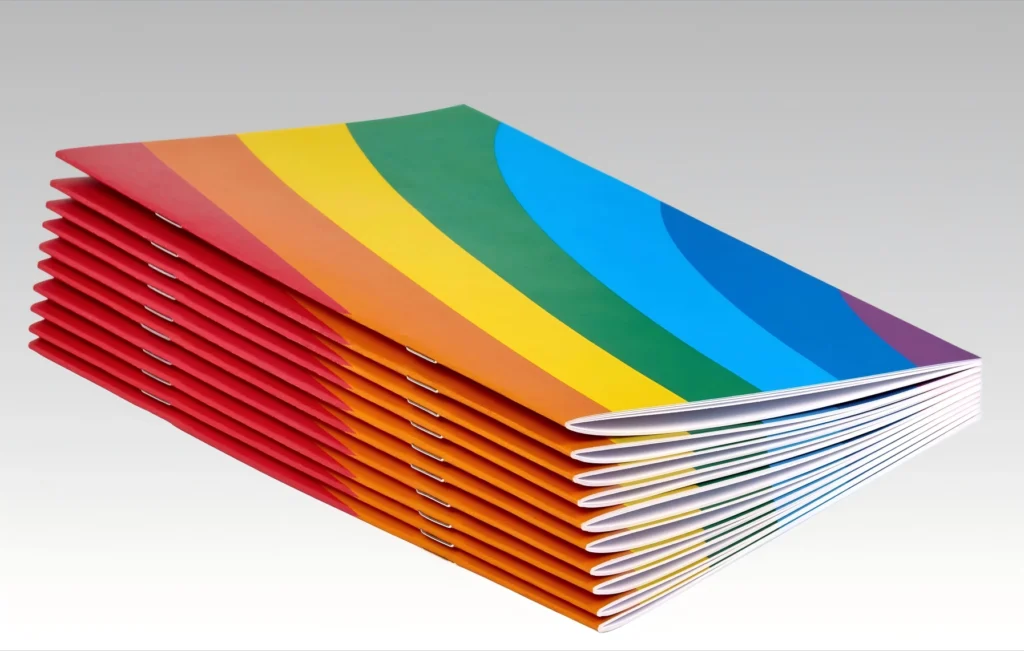
Ideal for booklets with fewer pages or thinner paper, such as brochures, product catalogs, and company profiles. The page count must be a multiple of 4, with a maximum thickness of 32P (including cover and back, totaling 16 sheets). Saddle stitch binding is cost-effective and suitable for projects ranging from 8P to 32P.
Ideal for medium-page-count publications such as magazines, journals, brochures, product manuals, and company profiles. Perfect binding uses adhesive to securely bind the pages (P) into a clean, professional finish. Minimum order starts at 36P (including cover and back, totaling 18 sheets), with a maximum thickness of 100P (50 sheets). Perfect binding is best suited for projects between 36P and 100P, and inner pages should not be overly thick.

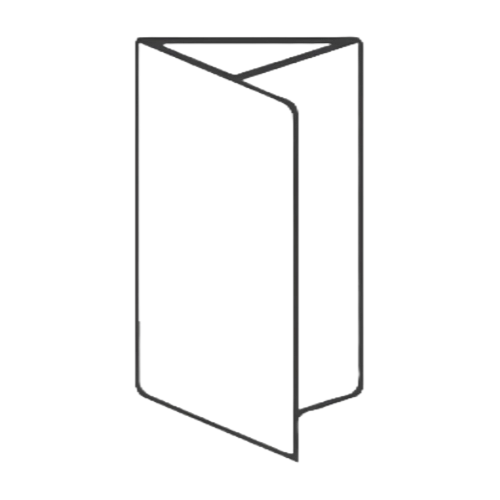
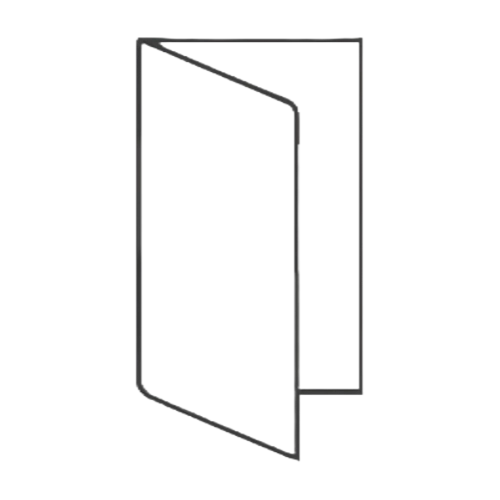
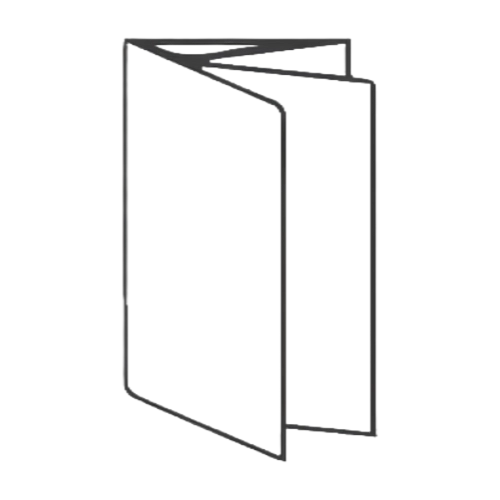
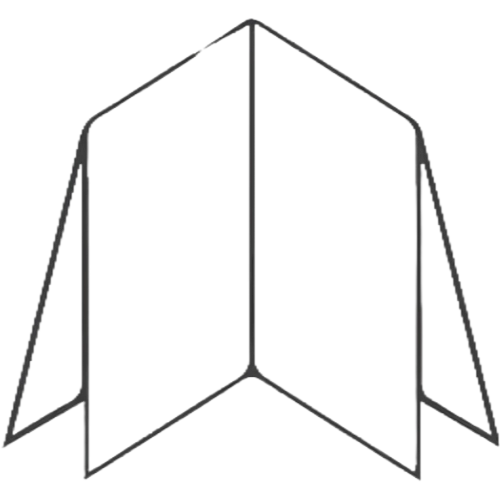
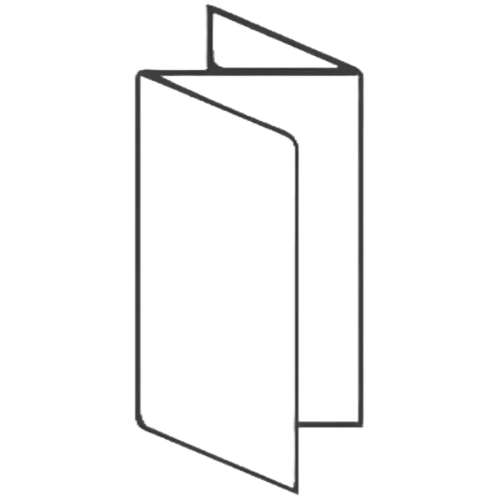
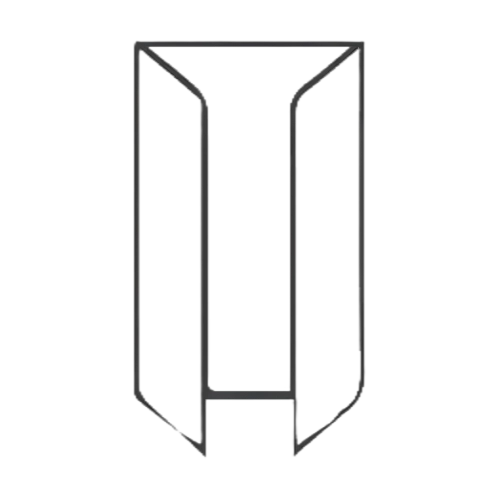
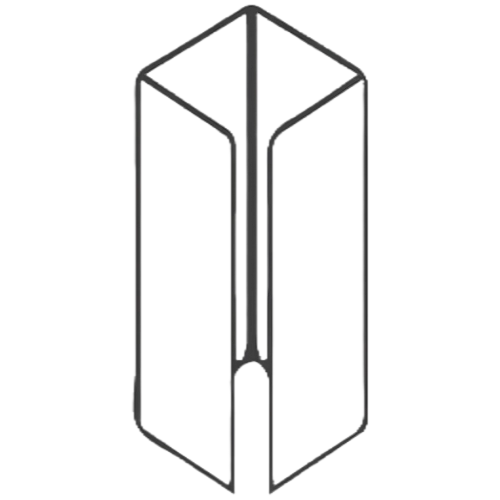
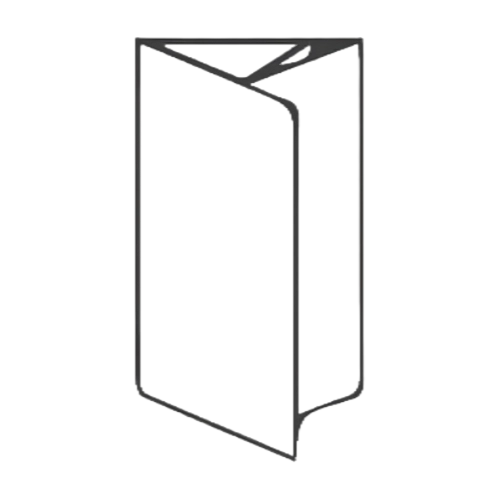


Need to print on other special papers? Contact us to discuss! We possess the expertise to handle a diverse range of substrates.
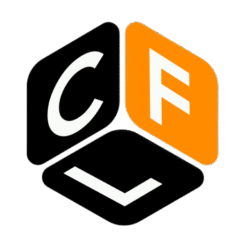
Crafting Lasting Impressions with Premium Printing & Exceptional Service.
Legal terms and information: Privacy Policy . Cookie Policy
© 2025 - All Rights Reserved | ColorCubePrinting